System Design - Ford Data Model of The Future
Optimizing information architecture for one of the largest companies in the world.

I was the content architecture lead on a process change team of five. We were tasked with streamlining content management for Ford.com and Shop.Ford.com. With sophisticated data modeling, schema.org API utilization, and workflow optimization, we realized a seven-figure annual savings on operating costs and an improvement in both content quality and consistency.
Situation
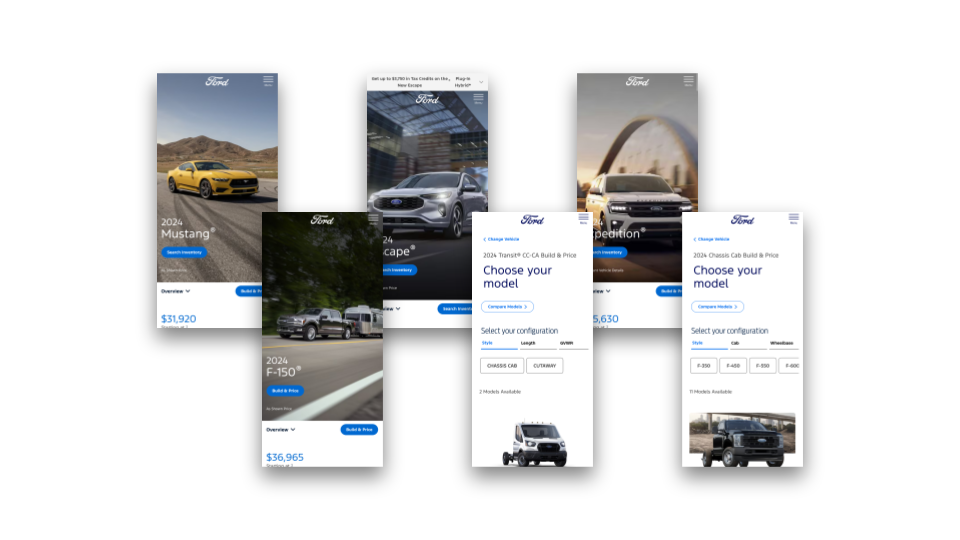
Challenge #1
Ford Motors offers a tremendous variety of products at different price points and configurations, across many markets.
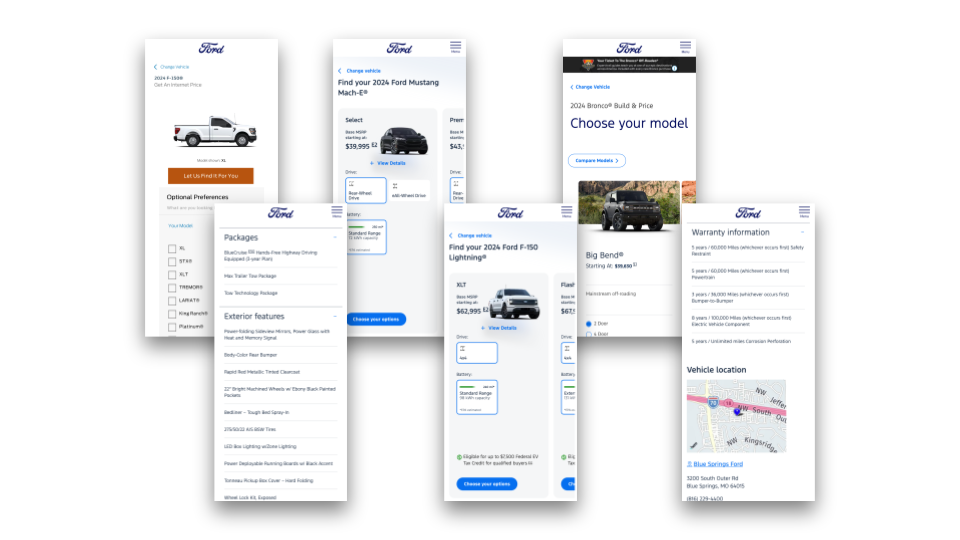
Challenge #2
Supporting content operations at Ford.com and Shop.Ford.com requires handling a variety of data sources and formats which are ingested, sanitized, normalized, and then made retrievable.
Risks & Opportunities
- Disjointed and inconsistent content delivery systems reduce positive business outcomes.
- Supporting numerous data sources can lead to redundancies and data entry/translation errors.
- Ford Motors is legally mandated to present individualized claims and disclosures on a per-product and per-market basis for the wide variety of geographic locations in which it operates.
Tasks & Goals
Primary Task
Develop a new content model that could support current operations on Ford.com and Shop.Ford.com in a scalable and extensible way for future products and initiatives.
Secondary Tasks
- Revamp existing internal tooling
- Define new workflows
- Create documentation to support the process changes
Goals
An e-commerce platform that could efficiently ingest content data in the various formats needed and make it easily retrievable.
- Enhance the customer experience on the e-commerce platform
- Improve messaging consistency where needed while supporting granular marketing strategies
- Improve efficiencies in content operations
Action
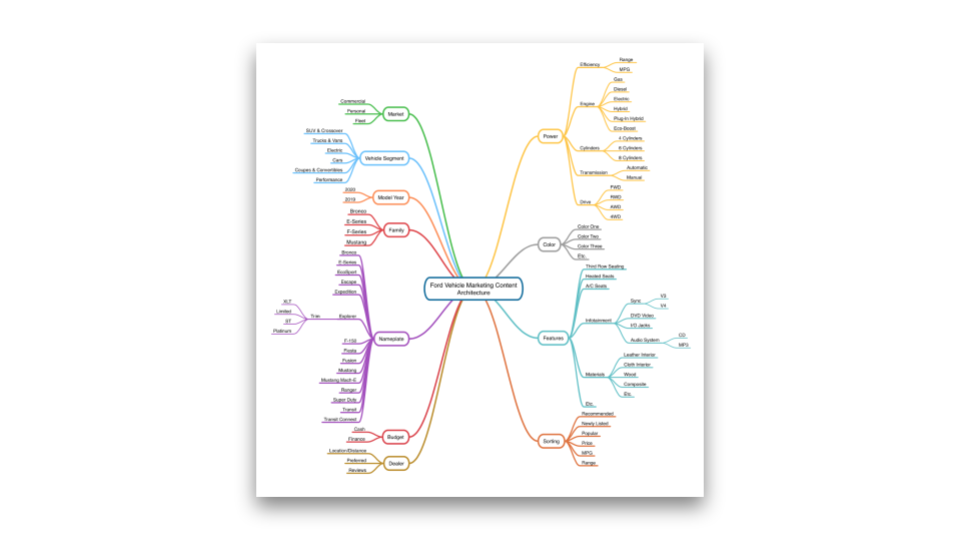
Assessment & Planning
- Audit existing marketing content and data structures.
- Identify key stakeholders, including marketing, production engineering, IT, and data analytics teams, to gather requirements and insights.
- Define the objectives and scope of the new content model project.
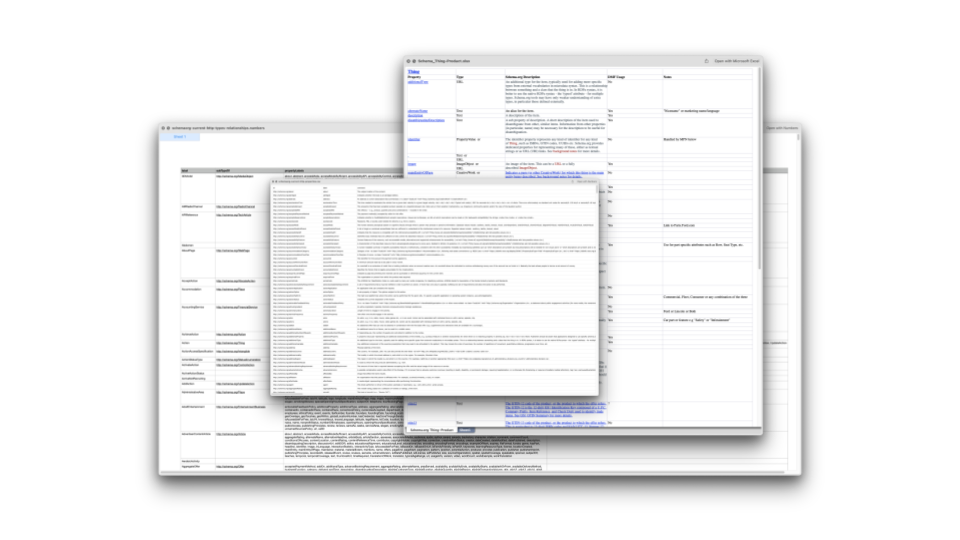
Data Model Design & Development
Collaborate with the IT and data analytics teams to design a new marketing content data model. The model incorporated metadata, taxonomies, and content hierarchies to facilitate easy content management and retrieval.
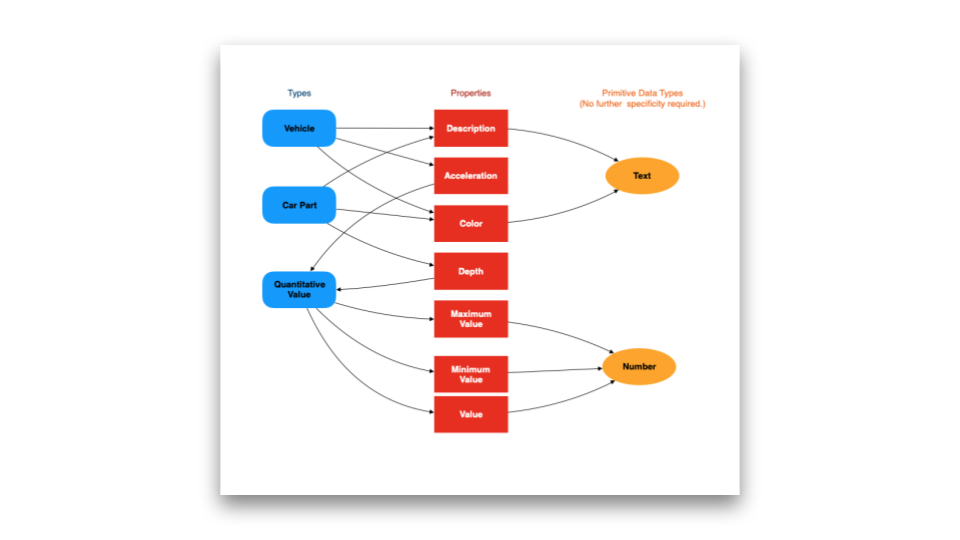
Implementation
- Migrate existing marketing content into the new data model, ensuring minimal disruption to ongoing campaigns.
- Develop and deploy automated tools for content tagging and metadata management.
- Train marketing and content teams on the new data model, processes, and tools to ensure smooth adoption.
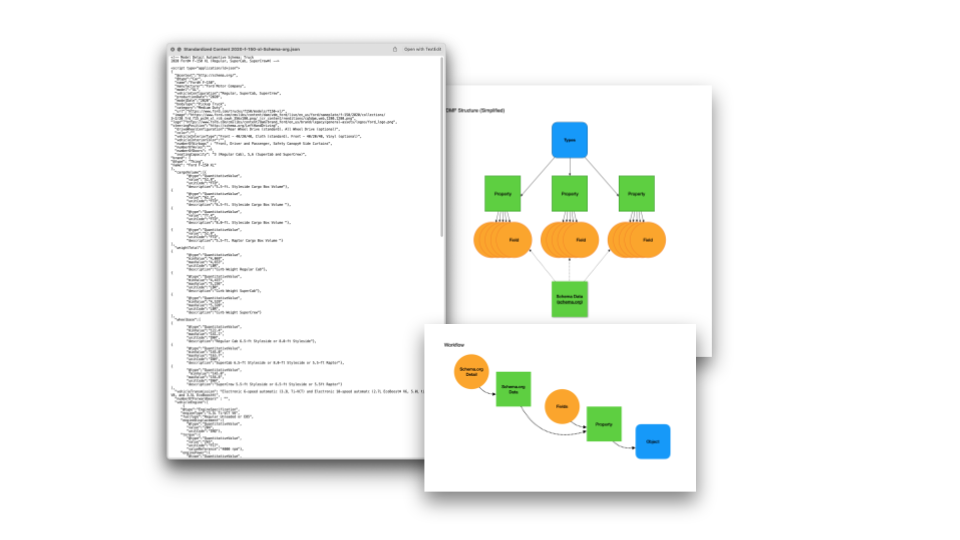
Testing & Iteration
- Test to identify and resolve any issues with the new data model and associated process change.
- Gather feedback from users and stakeholders and iterate.
- Implement analytics tools to monitor content performance and user engagement.
Results
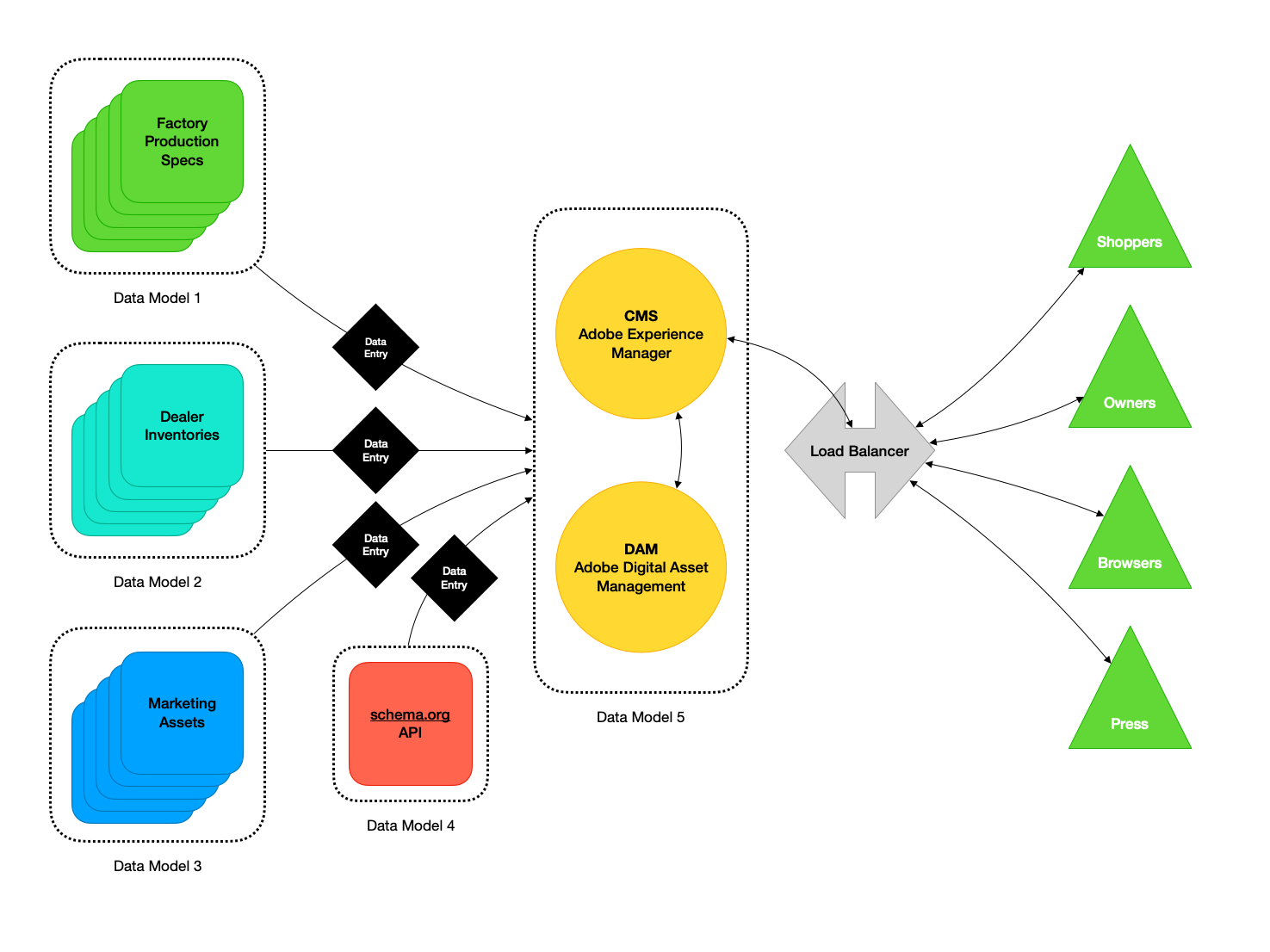
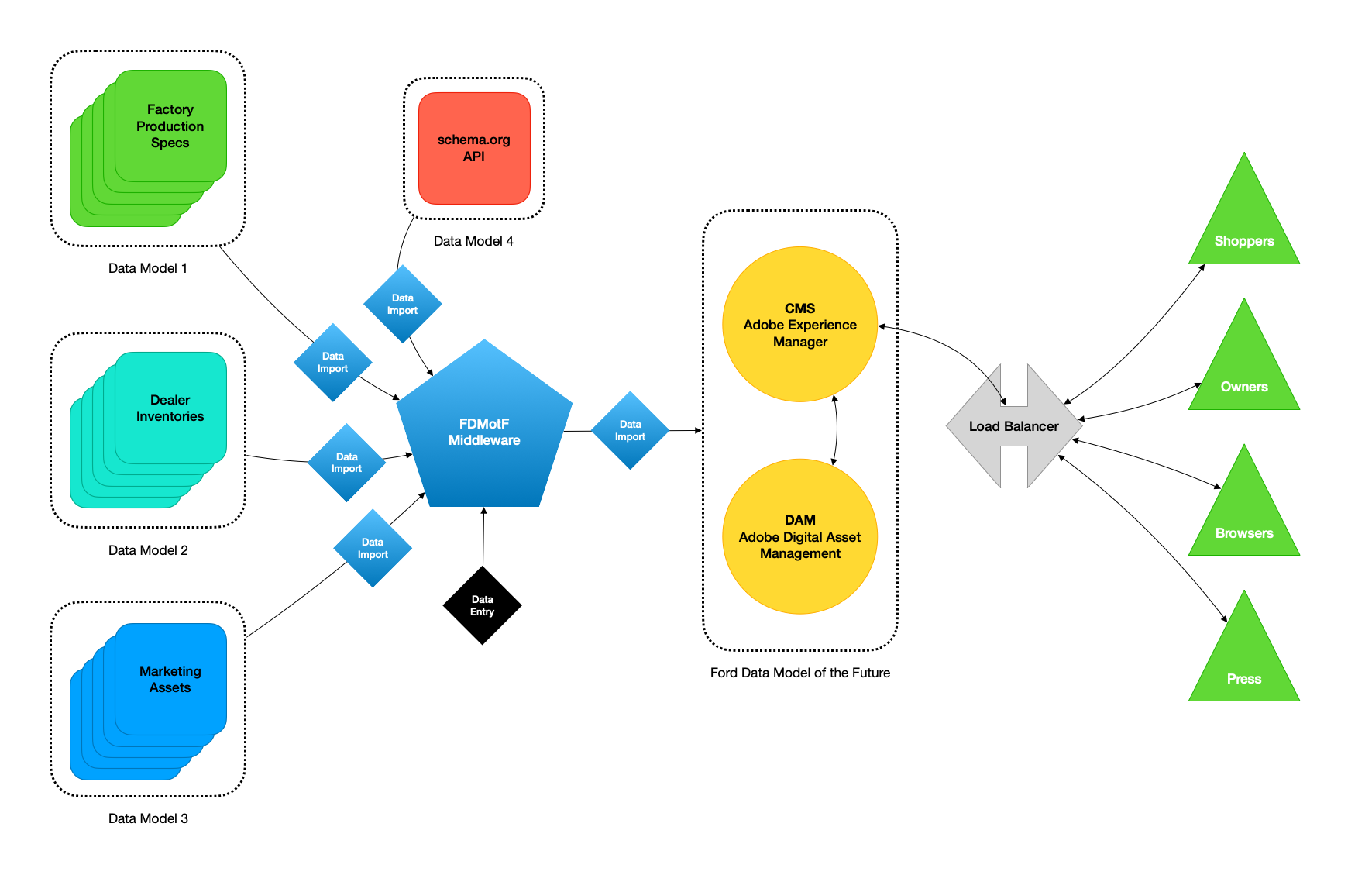
Simplified system design Before (left) and after (right)
Efficiency Gains: Streamlined processes for creating, organizing, and retrieving marketing content reduced production spending by $500,000.
“Wow! This is going to save us five-hundred thousand dollars THIS QUARTER.”
-Project Director, Content Systems
Better Personalization: Enabled personalized marketing campaigns to increase user engagement and conversion rates.
Improved Consistency Across Touch Points: Ensured consistent messaging and branding across multiple e-commerce touchpoints, boosting business outcomes.
Scalability: Established a scalable data model and associated workflows and documentation to support future growth and integration with emerging technologies.
My Role
Content Architecture Lead
Timeline
Nine Months
Skills
- Data Modeling
- Automated Workflow Development
- Process Change Management
- User Experience Design
- Market Research
- Systems Design
- Multichannel Marketing
- Content Marketing
Tooling
- Adobe Experience Manager (AEM)
- Atlassian Confluence Platform
- Microsoft O365
- Powerpoint
- Excel
- Schema.org API
- JSON
- JAVA
- XML
- Adobe Digital Asset Manager (ADAM)
